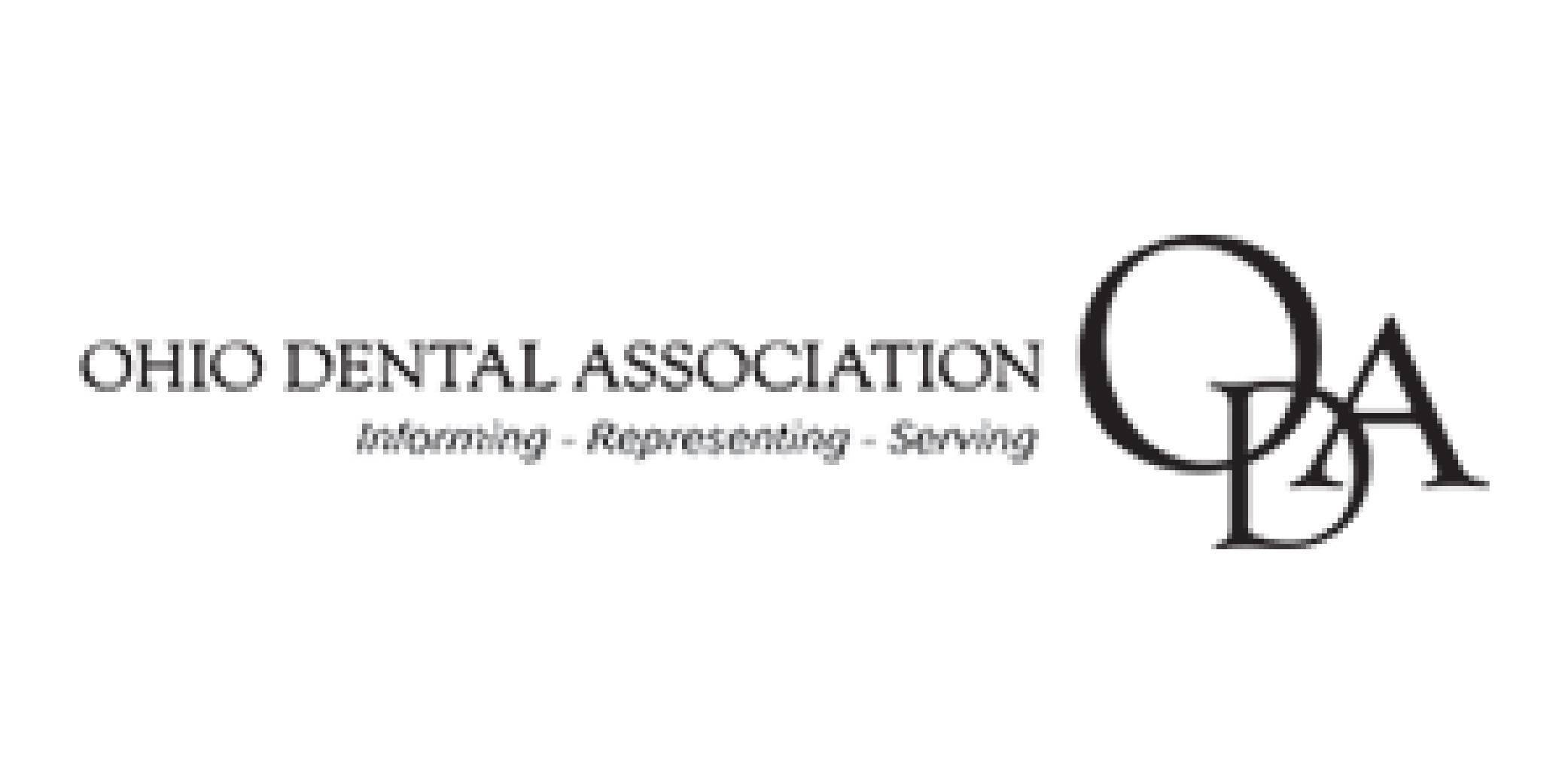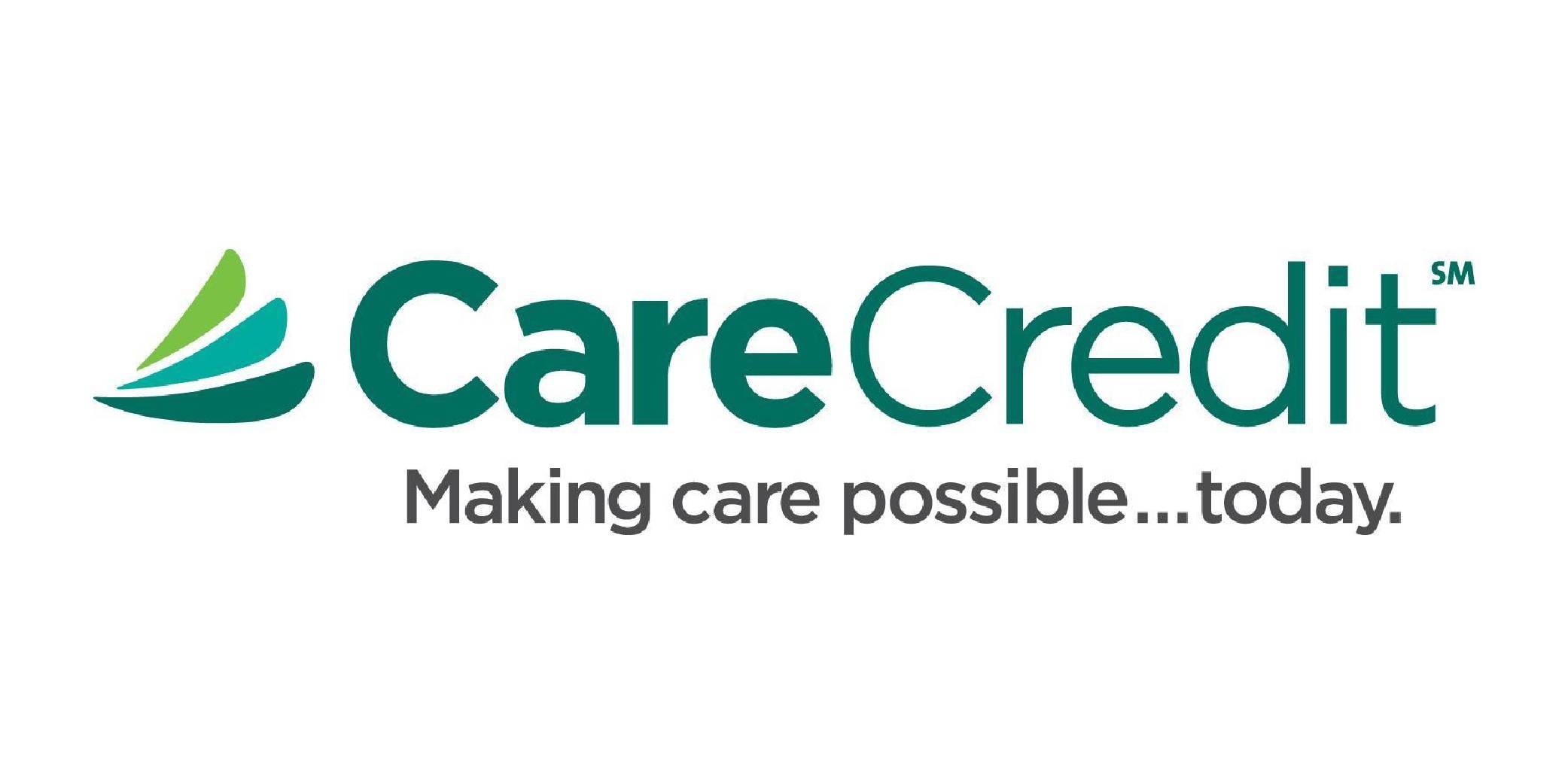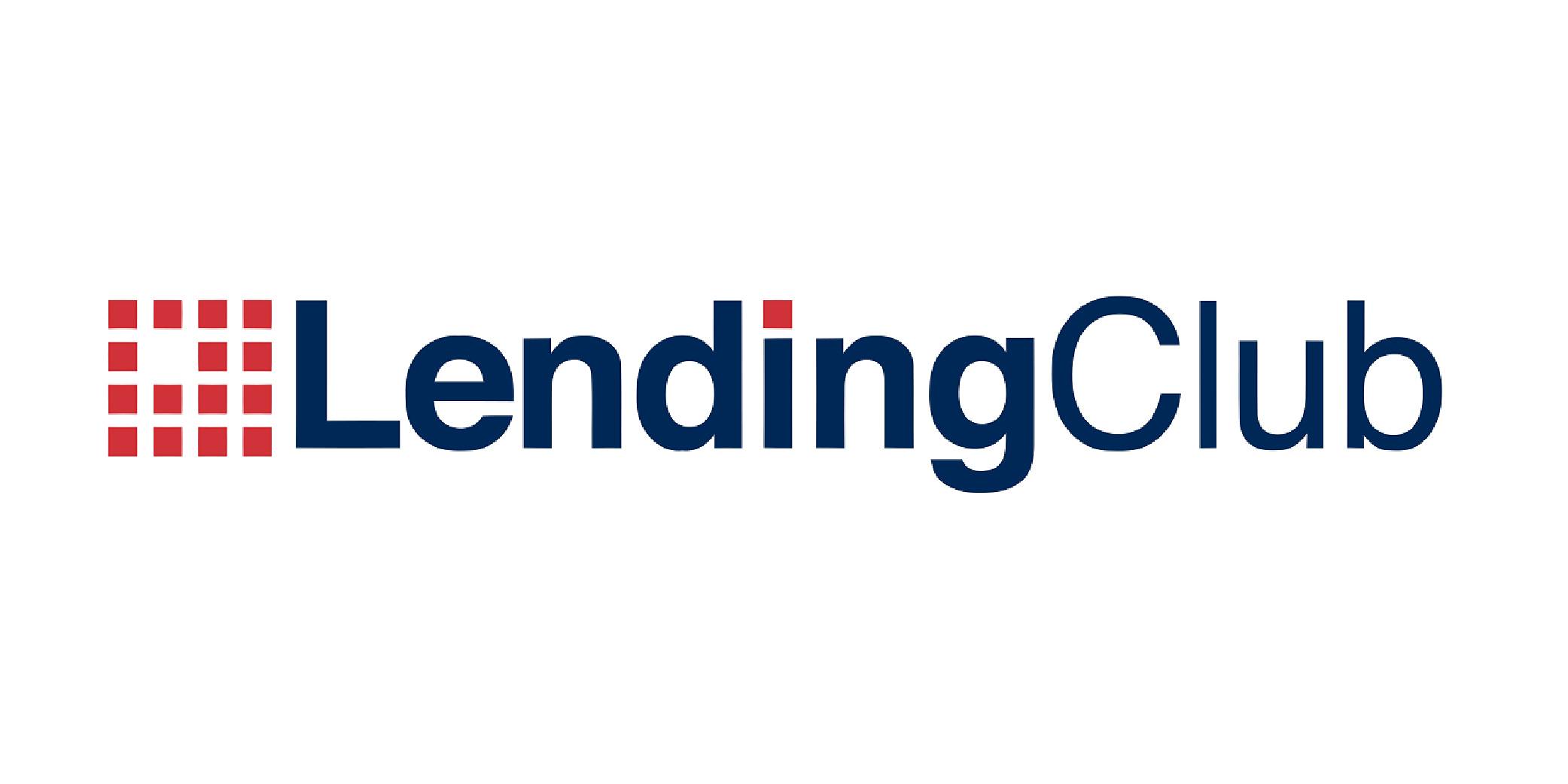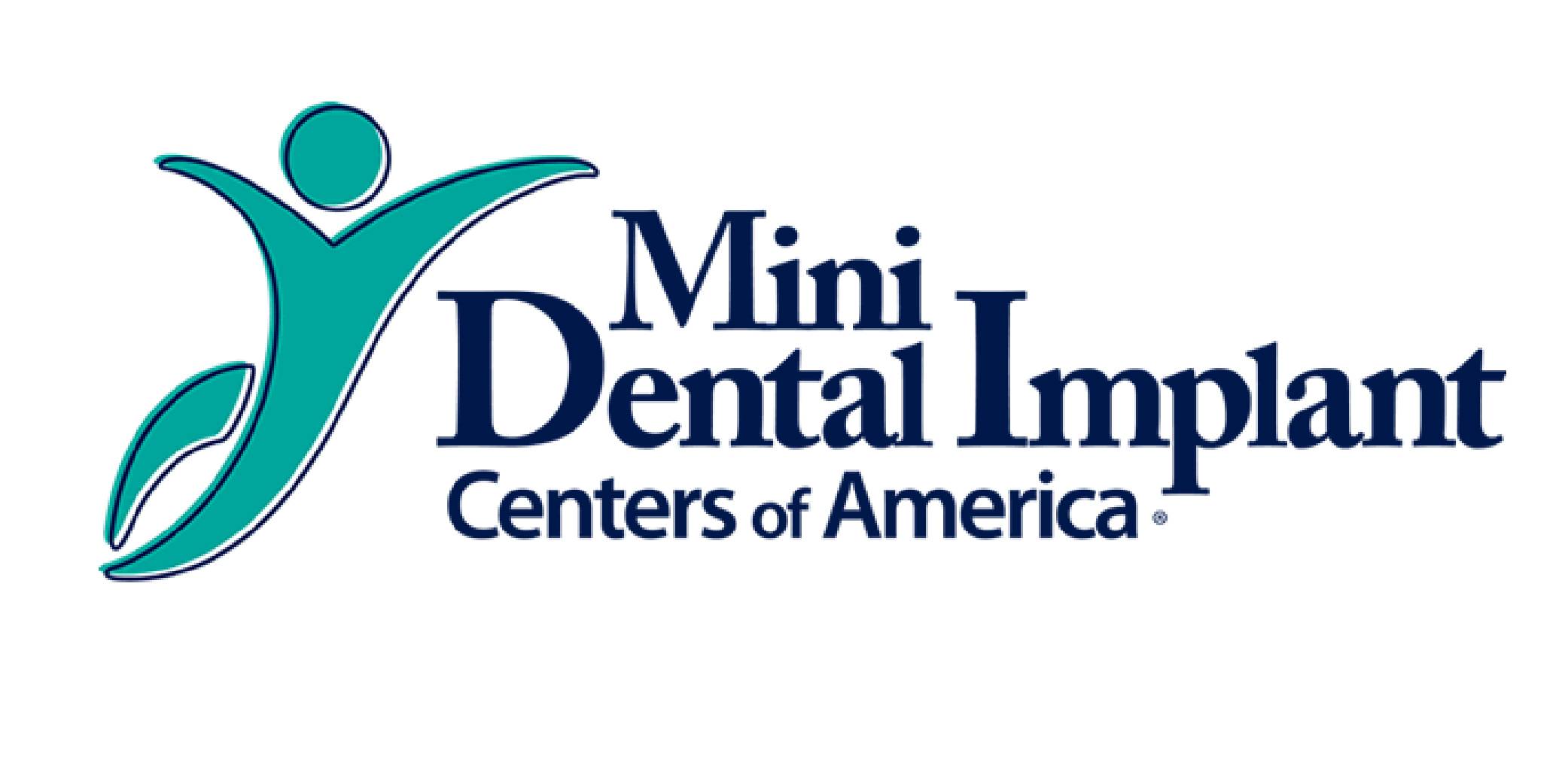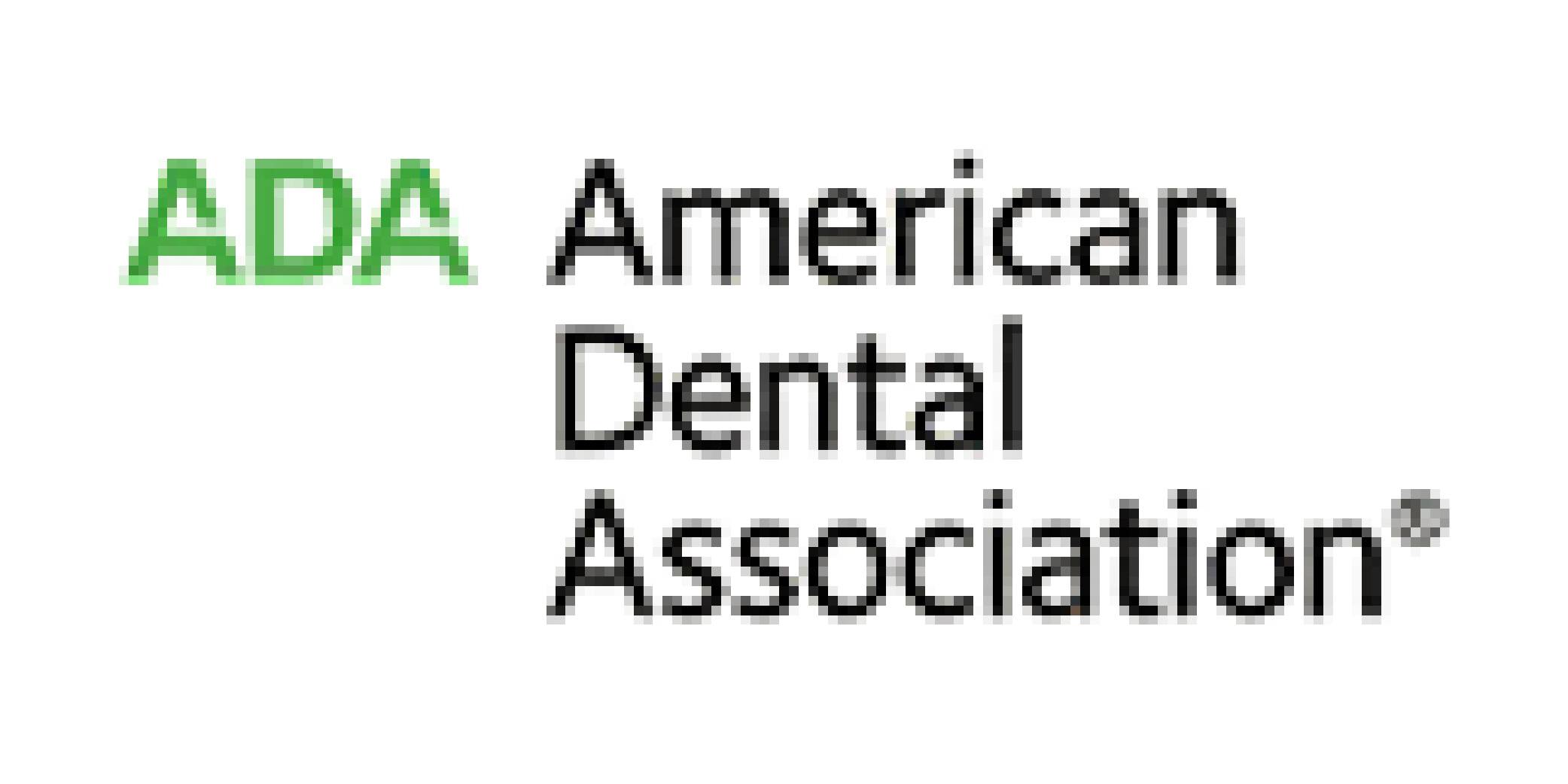What Is Dirty Fasting? Pros & Cons (Plus How to Do It)

September 28, 2022
Original article and page source found here.
Fasting, especially different methods of intermittent fasting, has caught on in recent years as one of the most effective dietary tools for maintaining a healthy weight. Not only this, but it can potentially support a healthy metabolism, digestion, immune responses and more. While most experts recommend focusing on anti-inflammatory diet in addition to practicing intermittent fasting, some choose an alternative way to fast, known as “dirty fasting.”
Dirty fasting vs. clean fasting: What’s the difference, and which one is easier to stick with? Let’s find out.
What Is Dirty Fasting?
Dirty fasting is one method of fasting (abstaining from eating or drinking anything but water for a period of time) that is a bit more flexible that other methods. It allows you to eat a very limited number of calories while “fasting,” such as about 100 calories or less.
How many calories break a fast?
This is actually up for debate. The most effective fasts include zero calories or about 10 calories or less, such as from coffee. This is the fastest way to help promote detoxification and get your body into the metabolic state of ketosis, if that’s one of your goals.
People refer to dirty fasting (DF) as being “dirty” because it’s sort of cheating.
When you practice “clean fasting” you typically consume zero calories outside of your eating window. Your eating window is the time period in which you’re permitted to eat, ideally healthy foods and beverages.
With DF, instead of eating or drinking absolutely nothing but water, someone might allow herself a very small amount of calories from something like a low-sugar beverage or a small serving of fruit.
Is It Effective? Pros vs. Cons
What is “lazy fasting” potentially good for? Most studies focused on the effects of intermittent fasting/longer-term fasting have not investigated how lazy fasting affects the body. Therefore, it’s not entirely known how much DF might differ from clean fasting or something like water fasting in terms of its benefits.
Some experts believe that as long as you don’t consume many calories, such as between 50 to 100 calories outside of your eating window, it will probably have a negligible effect on your metabolism and still be beneficial overall.
Pros of this approach:
Like other types of fasting, DF may be able to help:
- Improve mindful eating; you’re more likely to give your food/drink choices thought when you know you’re only aiming to consume a small amount of calories.
- Promote weight loss or weight management, since it will likely result in you eating less calories (especially if you eat a “clean diet” within your eating window).
- Improve your overall body composition.
- Help keep hunger in check.
- Prevent fatigue and weakness.
- Normalize blood sugar levels.
- Support detoxification and digestion.
- Fight oxidative stress and inflammation.
- Normalize blood pressure and cholesterol levels.
- Potentially boost cognitive functions and support brain health.
That being said, it really all depends on what you eat when you’re not fasting!
Cons:
There isn’t just one agreed upon definition of dirty fasting, so it’s hard to say exactly how it might sabotage the positive effects associated with clean fasting.
If someone consumes too many calories outside of the eating window, especially if that person also chooses unhealthy, processed foods, then cons of DF can include:
- Making weight loss more difficult or possibly even leading to weight gain if fasting increases someone’s appetite a lot. When fasting leads to someone making less healthy food choices and causes overeating within the eating window, this is a bad sign.
- Making it harder to get into ketosis.
- Causing fluctuations in blood sugar levels, which can lead to fatigue and mood changes.
Should You Try It?
If you find it difficult to fast strictly and go long periods of time (such as 15+ hours) without anything to eat, then dirty fasting might be a good option to try.
It can help those who struggle with low blood sugar issues, such as hypoglycemia, or people who are active and have big appetites still fast to some extent.
On the other hand, fasting isn’t for everyone.
Fasting of any kind can potentially cause adverse reactions in some people who are sensitive to blood sugar swings, such as those with diabetes, hypoglycemia, pregnant and breastfeeding women, or anyone taking daily medications. Speak to your health care provider about pros and cons of fasting if you fall into any of these groups.
How to Do It
When doing DF, aim to ideally eat about 100 calories or less while you’re “fasting.” This means you might have something like a cup of bone broth, serving of protein powder in almond milk, small serving of yogurt or a piece of fruit.
For the most health perks, combine dirty fasting with “clean eating.” What is clean eating all about? It’s basically an anti-inflammatory diet, similar to the Mediterranean diet, that is flexible but still known to be highly beneficial for many health markers.
A clean diet is also alkalizing, which means it not only helps with weight loss, but also tackles other health concerns too.
Foods to eat while dirty fasting when you’re in your eating window include:
- Lots of non-starchy vegetables, such as broccoli, leafy greens, green beans, cauliflower, mushrooms, peppers, etc. These provide essential vitamins, minerals and fiber — plus they help keep hunger in check.
- Fresh fruits, such as all types of berries, citrus fruits, kiwi, cherries, etc.
- High-antioxidant foods, like sea vegetables, cocoa, herbs and spices.
- Probiotic foods, such as yogurt, kefir, sauerkraut and cultured veggies.
- Healthy fats/oils, such as olive oil, coconut oil, MCT oil, nuts and seeds.
- Protein sources, such as free-range eggs, grass-fed meats and wild-caught fish.
- Bone broth, which can promote gut healing.
- Water, herbal tea, seltzer, coffee, zero-calorie drinks sweetened with stevia and most types of teas.
What should you not do during fasting?
Try not to consume hundreds of calories, particularly from processed foods that tend to be easy to overeat.
Don’t choose foods and drinks such as:
- sugary beverages or those that contain artificial sweeteners
- processed meats and cheese
- pizza
- burgers
- fried foods
- fast foods
- sugary cereals, bars or desserts
Also be sure to drink lots of water to prevent dehydration. Some coffee, tea and bone broth are good options for increasing your fluid intake too.
Conclusion
- What is dirty fasting? It’s a “lazy” way to practice intermittent fasting that involves consuming about 50 to 100 calories outside of your eating window.
- This method is more flexible that clean fasting (which involves consuming zero calories), so it might make it easier to follow and stick with.
- Will 10 calories break a fast? It’s very unlikely. As long as you stick to about 100 calories or less while fasting, such as from bone broth or coffee with milk, you should still benefit from improved digestion, help with weight management and blood sugar regulation.




